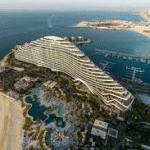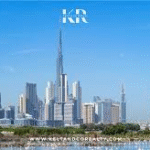Now Reading: You Won’t Believe How UAE Artisans Shape Pure Silver Today 2025
-
01
You Won’t Believe How UAE Artisans Shape Pure Silver Today 2025
You Won’t Believe How UAE Artisans Shape Pure Silver Today 2025
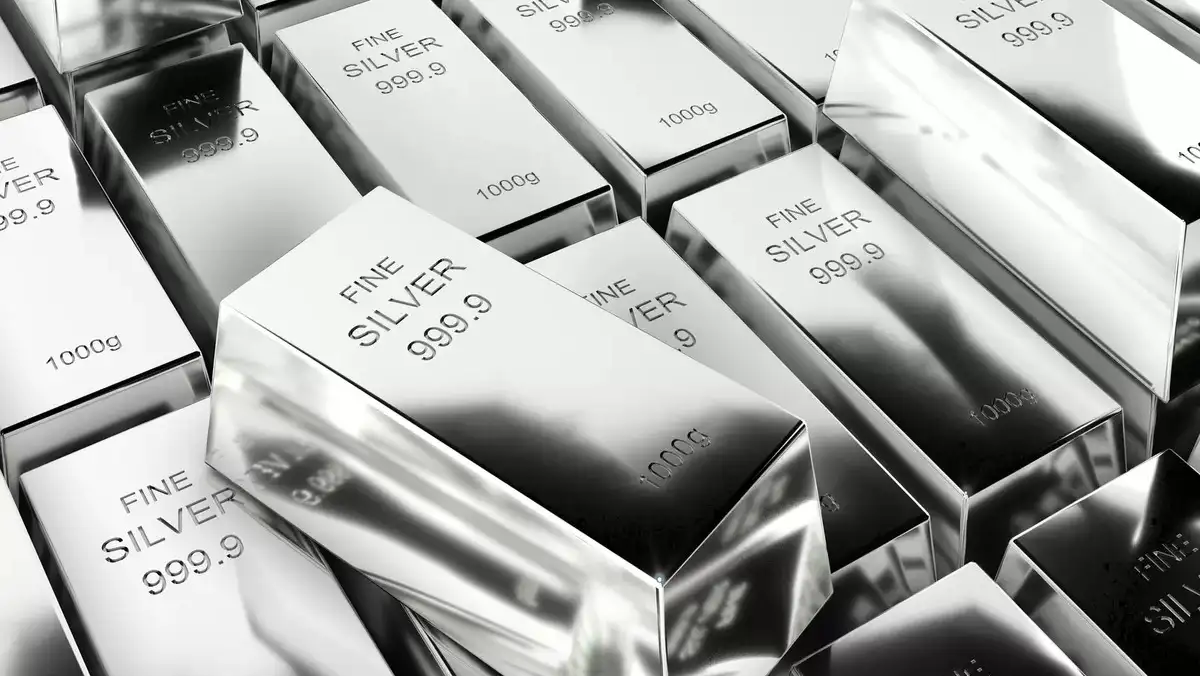
Table of Contents
In a world where mass production and digital tools dominate most industries, the art of traditional silver crafting is slowly disappearing. But in the United Arab Emirates (UAE), a group of passionate artisans is working hard to keep this precious craft alive. Their dedication is not only preserving a centuries-old heritage but also attracting global attention for its cultural and artistic value.
Silver crafting in the UAE is much more than just making jewelry or ornaments. It reflects the country’s deep-rooted identity, showcasing influences from Bedouin life, Islamic geometry, and Arabian customs. From intricate dagger hilts to ornate coffee pots (dallah), silverwork has been a key symbol of elegance and pride in Emirati households for generations.
A Craft Passed Down Through Generations
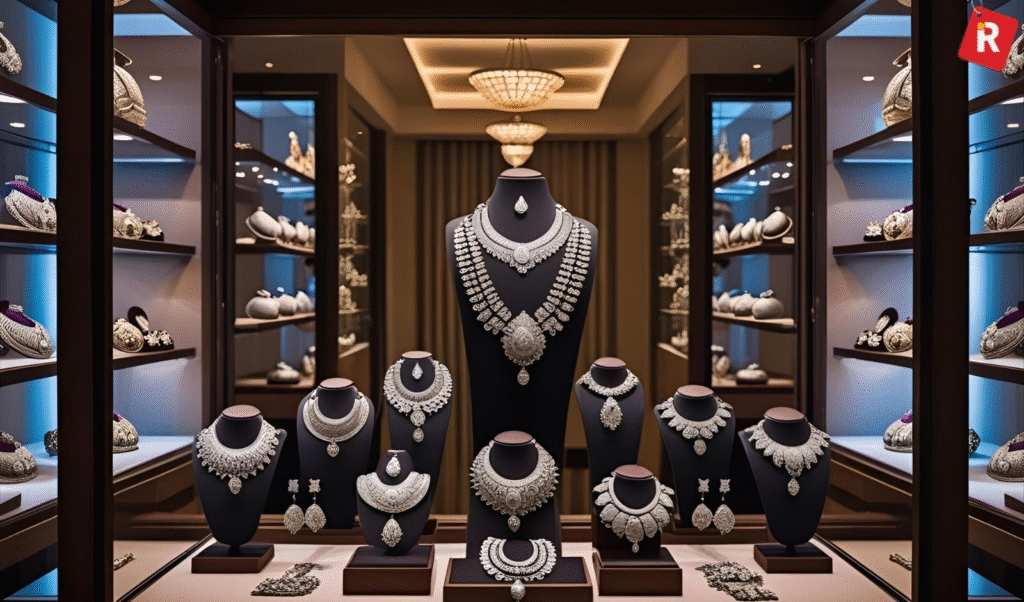
In cities like Sharjah, Dubai, and Ras Al Khaimah, you can still find workshops where silver is molded, hammered, and engraved by hand—just as it was a hundred years ago. Many artisans working today learned the craft from their fathers and grandfathers, keeping the skills and stories of their ancestors alive.
Ali Saeed, a 62-year-old silversmith in Ajman, says he started learning the craft at age 13. “I watched my father create jewelry from pure silver wires, and I began helping him with small tasks. Over time, I learned the importance of patience, detail, and respect for the metal.”
Today, Ali trains his own son and apprentices, ensuring the tradition lives on.
Tools of the Trade: Still Simple, Still Powerful
Despite the rise of technology in most forms of manufacturing, traditional silver artisans in the UAE rely on basic tools hammers, anvils, tongs, and engraving needles. Each item is made with meticulous attention to detail, and the process can take hours or even days depending on the complexity of the design.
One popular item is the “khanjar,” a traditional curved dagger, often worn by men during cultural ceremonies. These daggers feature silver-clad handles and are decorated with unique geometric and floral designs that symbolize strength and honor.
Similarly, silver jewelry, such as bracelets, rings, and necklaces, are still crafted with hand-carved motifs that tell stories of the desert, falcons, and palm trees.
Cultural Significance and Global Recognition
Silver crafting has long held social and cultural value in the UAE. Traditionally, silver items were offered as wedding gifts, used in daily rituals, or kept as family heirlooms. Even today, during national celebrations like UAE National Day or Heritage Week, silver artisans are invited to showcase their work in public exhibitions and school programs.
To support and preserve this dying art, the UAE government along with organizations such as the Sharjah Institute for Heritage and Dubai Culture & Arts Authority has launched initiatives, including silver workshops, mentorship programs, and museum displays.
Recently, UAE silverwork was nominated to be listed under UNESCO’s Intangible Cultural Heritage list, which would further recognize its value and encourage younger generations to learn the craft.
Challenges in a Fast-Changing World
Despite the growing appreciation, silver artisans face several challenges. The younger generation is more drawn to modern careers, and the long, detail-oriented nature of silver crafting can seem less attractive compared to faster-paced professions.
Also, the cost of pure silver is rising, and imported mass-produced silver goods are cheaper, making it harder for handmade products to compete in the market.
Mohammed Rashed, a 28-year-old artisan from Ras Al Khaimah, shares, “It’s tough. Many of my friends left the craft because the profit is not always high. But I stay because it’s part of who we are. Every piece I make tells a story.”
To bridge this gap, some artisans are combining tradition with modern design, creating silver pieces that appeal to younger customers. Items like silver phone accessories, minimalist jewelry, and engraved bookmarks are gaining popularity among millennials and tourists.
Tourism and Souvenir Demand Boost Hope
Tourism in the UAE plays a key role in giving silver artisans a platform to sell their work. Souvenir shops in cultural villages like Al Fahidi Historic District in Dubai or the Heart of Sharjah often stock handmade silver items with certificates of authenticity. Tourists are drawn to the unique stories behind each item and the opportunity to witness live silverwork demonstrations.
Art festivals like Sikka Art Fair and Sharjah Heritage Days offer artisans the chance to sell, exhibit, and engage with both locals and international buyers.
Online platforms are also starting to feature UAE-based silver crafters, giving them access to a global audience. Through e-commerce and social media, artisans can share videos of their work process, increasing appreciation and sales from countries as far as Japan, the UK, and the US.
Government and Private Sector Support Needed
To truly sustain silver crafting in the long term, more structured support is essential. Experts recommend the inclusion of silver craft training in schools and technical institutes, offering apprenticeships with stipends to young students.
Additionally, tax breaks, grants, and marketing support could encourage small businesses in this sector to grow and hire more artisans.
There are also calls for creating dedicated Silver Artisan Guilds under the Ministry of Culture to standardize quality, provide legal support, and organize national events that celebrate this historic profession.
The Future: A Blend of Old and New
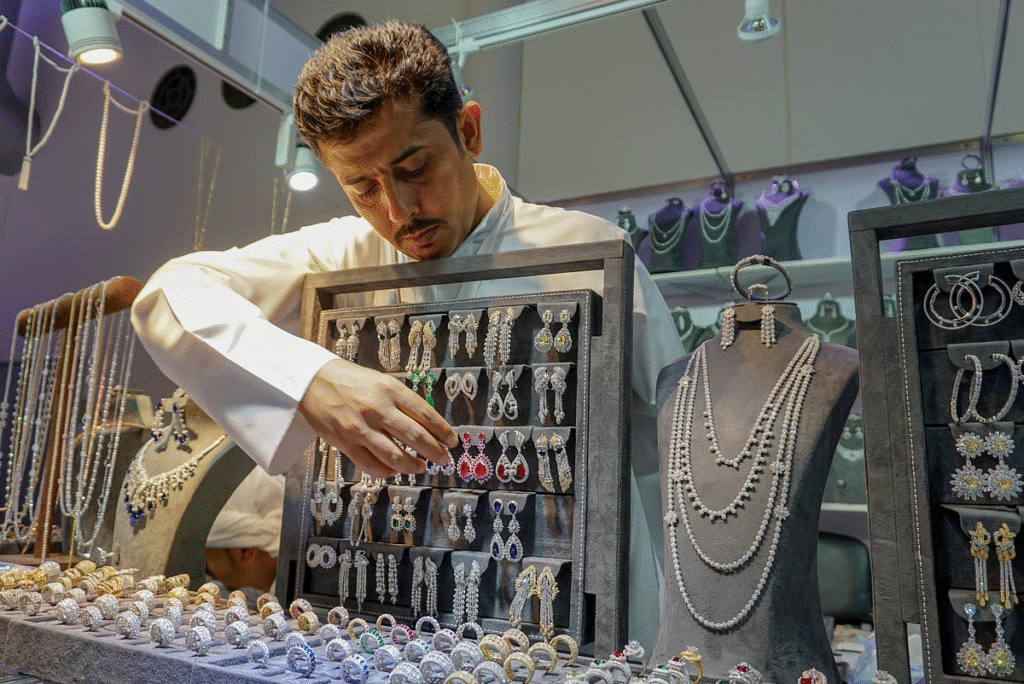
The path ahead for UAE silver artisans depends on balance respecting heritage while embracing change. With increasing awareness about slow fashion, handmade goods, and cultural sustainability, there is growing potential for silver crafting to shine again.
As the world turns toward personalization and authenticity, handcrafted silverwork from the UAE is positioned to gain even more value artistically and economically.
For now, the sound of hammer on silver continues to echo in small workshops, carrying with it the weight of history, heritage, and hope.
Final Word:
The resilience of UAE’s silver artisans is proof that tradition can thrive even in a fast-paced, modern world. With the right support, education, and appreciation, this timeless art will not only survive but flourish for generations to come.
Read More:- Deyaar’s Latest Announcement Shakes Up the UAE Property Market










